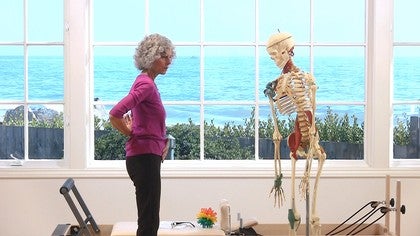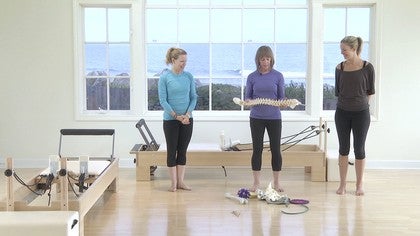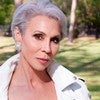Premium workshop
You can view a 2 minute preview. For details, scroll down below the video.
Description
In this workshop, Kathryn Ross-Nash teaches variations on the Reformer that will set your clients up for success. She keeps the original focus of each exercise, but breaks them apart to work for the client so they can feel exactly what they are supposed to be working. It is important to know how to use certain variations for different bodies so your clients learn how to properly execute the exercises and so they can avoid bad habits. These tools can be used as building blocks, and then you can add coordination to make the exercises more challenging as your client becomes more advanced.
What You'll Need: Reformer w/Box
About This Video
Workshops: Teaching Methodology
Comments
Skip to Latest
Not able to view the entire lesson. It stops and getting stubborn, starting from the beggining again.Hope it gets fixed.Thanks.
12 years ago
enjoying video - just wished they had mentioned she's teaching in flat back - just found out when doing graduated extensions to flatten back - i practice in neutral spine - this shouldn't affect my learning - I will just modify and not include those instructions
12 years ago
Do not like saying anything negative however, as an instructor constructive criticism has helped me evolve as an instructor.
I enjoyed some of the variations...however did not feel the class justified a charge. I have viewed many classes on Pilates Anytime without an additional charge and felt I received quite a bit more education.
I enjoyed some of the variations...however did not feel the class justified a charge. I have viewed many classes on Pilates Anytime without an additional charge and felt I received quite a bit more education.
12 years ago
good class , thank you
but i'd like to know when the resistance changes..
but i'd like to know when the resistance changes..
12 years ago
1-10 of 25
You need to be a subscriber to post a comment.
Please Log In or Create an Account to start your free trial.




















